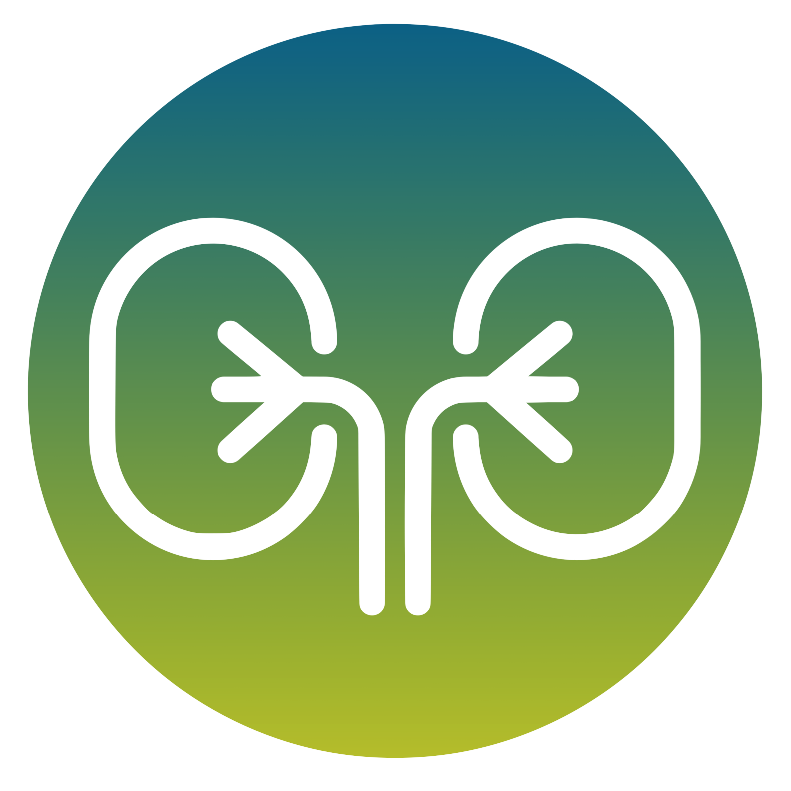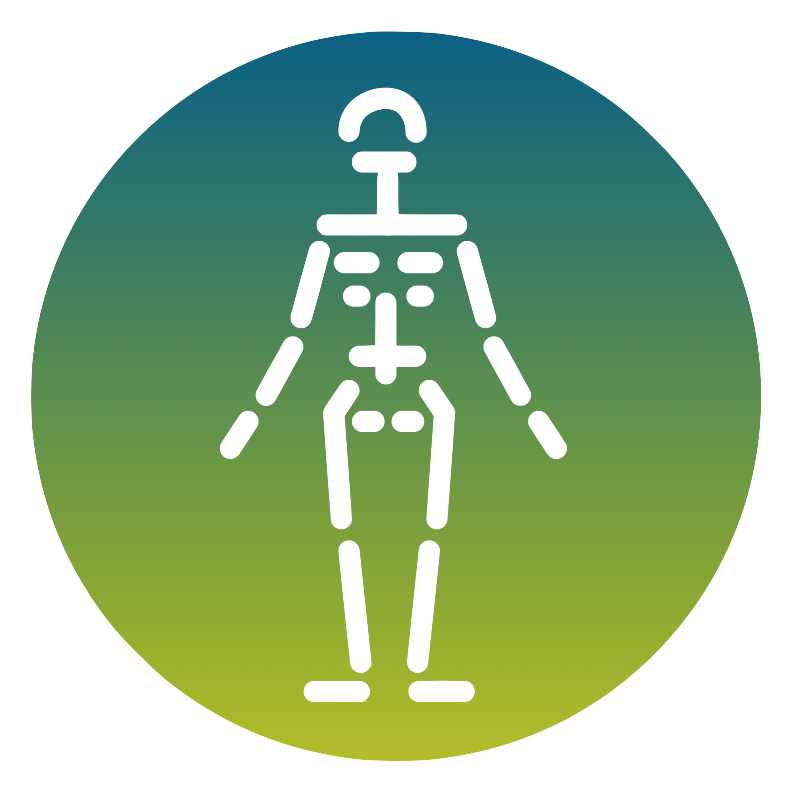Diabetes extended analysis Code R-125
- Description
- Number Genes
- Prevalence
- Indications and clinical utility
- Test performed and limitations
- Other Specialities
Diabetes is a chronic disease characterised by high blood glucose levels (hyperglycaemia) due to problems in the production or use of insulin, a hormone produced by the pancreas that regulates blood sugar levels. There are mainly two types of diabetes: type 1 diabetes and type 2 diabetes. Type 1 diabetes is an autoimmune disease in which the immune system attacks and destroys the beta cells of the pancreas that produce insulin. It usually develops during childhood or adolescence, but can occur at any age. People with type 1 diabetes require daily injections of insulin to control blood glucose levels. Type 2 diabetes is the most common form and usually develops in adulthood, although more and more young people are affected. In this case, the body does not use insulin effectively (insulin resistance) and over time can reduce insulin production. Type 2 diabetes is often related to risk factors such as obesity, sedentary lifestyle, unhealthy diet and genetics.
70 genes
Not known
Multigenic panel aimed at molecular diagnosis of diabetes. Contains MODY, childhood and neonatal onset diabetes, insulin resistant diabetes, insulin resistance.
Method: NGS sequencing, determination of SNVs (Single Nucleotide Variants), small insertions and deletions and CNVs (Copy Number Variants).
Limits: The test is unable to determine the presence of underrepresented somatic events, balanced chromosomal rearrangements, nucleotide expansion events of repeat regions, CNVs <3 contiguous exons. <3 esoni contigui.
Some genes may have low coverage areas, where necessary or upon specific request, within the limits of methodological limitations, sequencing can be completed with alternative methods (Sanger).
Some genes may be duplicated in the genome (pseudogenes), which may invalidate the analysis.
..














